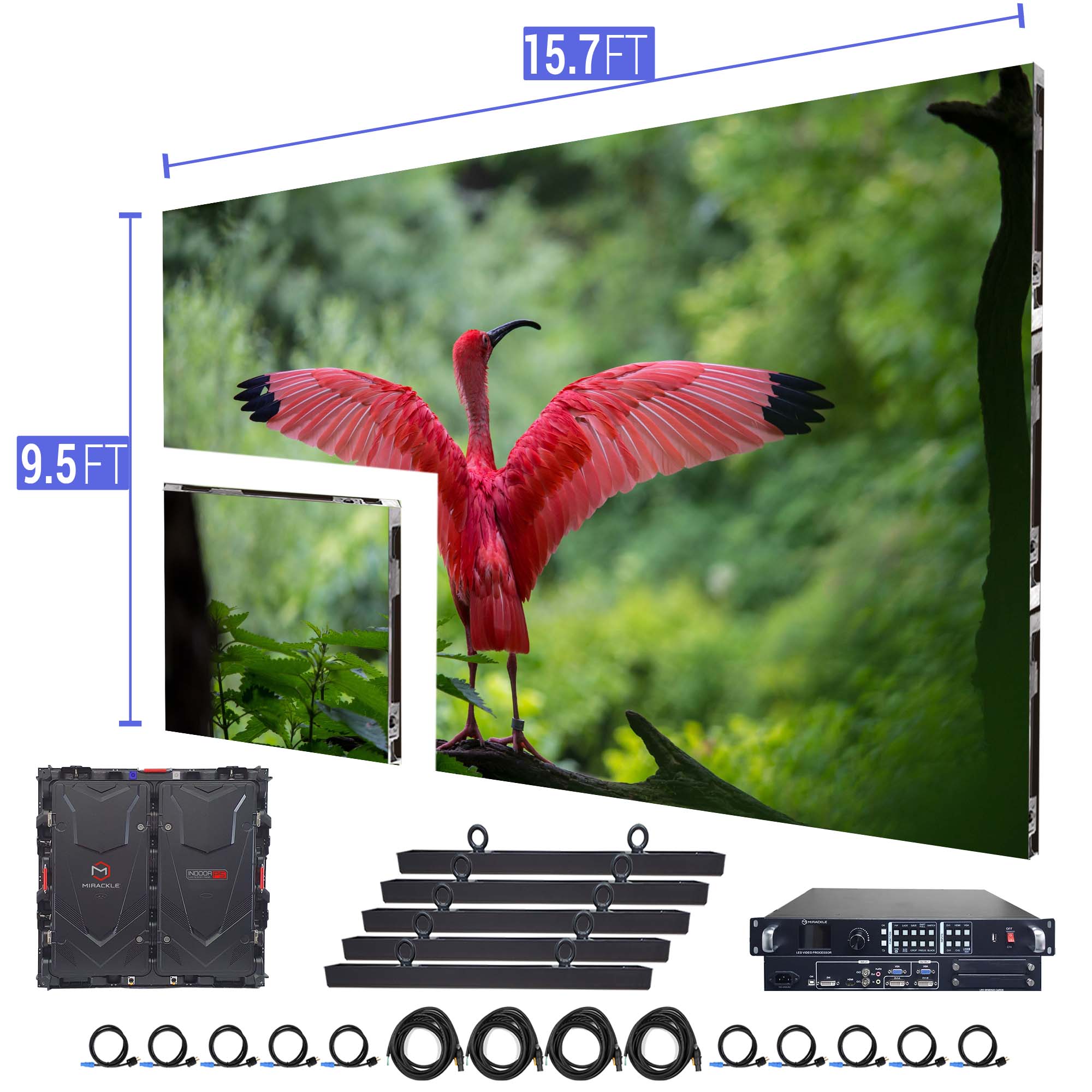Maximizing Visual Impact Through Tactical Material Scheduling in LED Wall Execution
Wiki Article
Maximizing aesthetic impact during LED wall performances requires meticulous planning plus tactical content scheduling. LED walls are powerful tools for visual storytelling, often used in concerts, events, and presentations. The effectiveness of these displays depends not only on the quality of the visuals but also on the manner plus timing they are shown. By comprehending the viewers' focus duration plus the flow of the event, organizers can create a more engaging experience that captivates viewers and enhances the total show.
One crucial element of tactical visual scheduling is timing. It is vital to synchronize the images with the rhythm and pace of the performance. For instance, during a musical performance, images should enhance the rhythm and atmosphere of the melody. This alignment helps to create a cohesive encounter that pulls the audience in. Additionally, it is crucial to take into account the length of each image clip. Short, impactful clips can maintain viewer engagement, while extended images may be suitable for moments of reflection or emotional bonding. By varying the length and intensity of the visuals, organizers can maintain the viewers interested during the performance.

Another crucial element is the material in question. The visuals displayed on the LED wall should be relevant to the concept of the performance. This relevance helps to reinforce the message being conveyed plus renders the encounter more memorable for the audience. For example, if the performance is about environmental consciousness, using images that illustrate the environment and animals can enhance the narrative. Furthermore, adding lively elements, such as animations or interactive graphics, can add excitement and maintain the viewers' focus. The appropriate material, shown at the appropriate moment, can considerably elevate the impact of the show.
Viewer involvement is also a key consideration in content scheduling. Understanding the characteristics and preferences of the audience can inform the choice of images. For instance, discover here a youthful crowd may respond better to vibrant colors and fast-paced animations, while an older audience might appreciate more subtle and sophisticated visuals. By tailoring the content to the audience's interests, event planners can craft a more tailored encounter that connects with viewers. Additionally, incorporating audience participation, such as live polls or social interactions, can further enhance engagement and make the performance more interactive.
Finally, evaluating the effectiveness of the content timing is crucial for future performances. Gathering feedback from the audience can provide insightful information into what was effective successfully plus what could be enhanced. This information can assist event planners improve their strategies and take knowledgeable choices for future performances. By constantly assessing and adapting the content scheduling approach, event planners can amplify the aesthetic effect of light-emitting diode wall performances and create unforgettable encounters for their viewers.